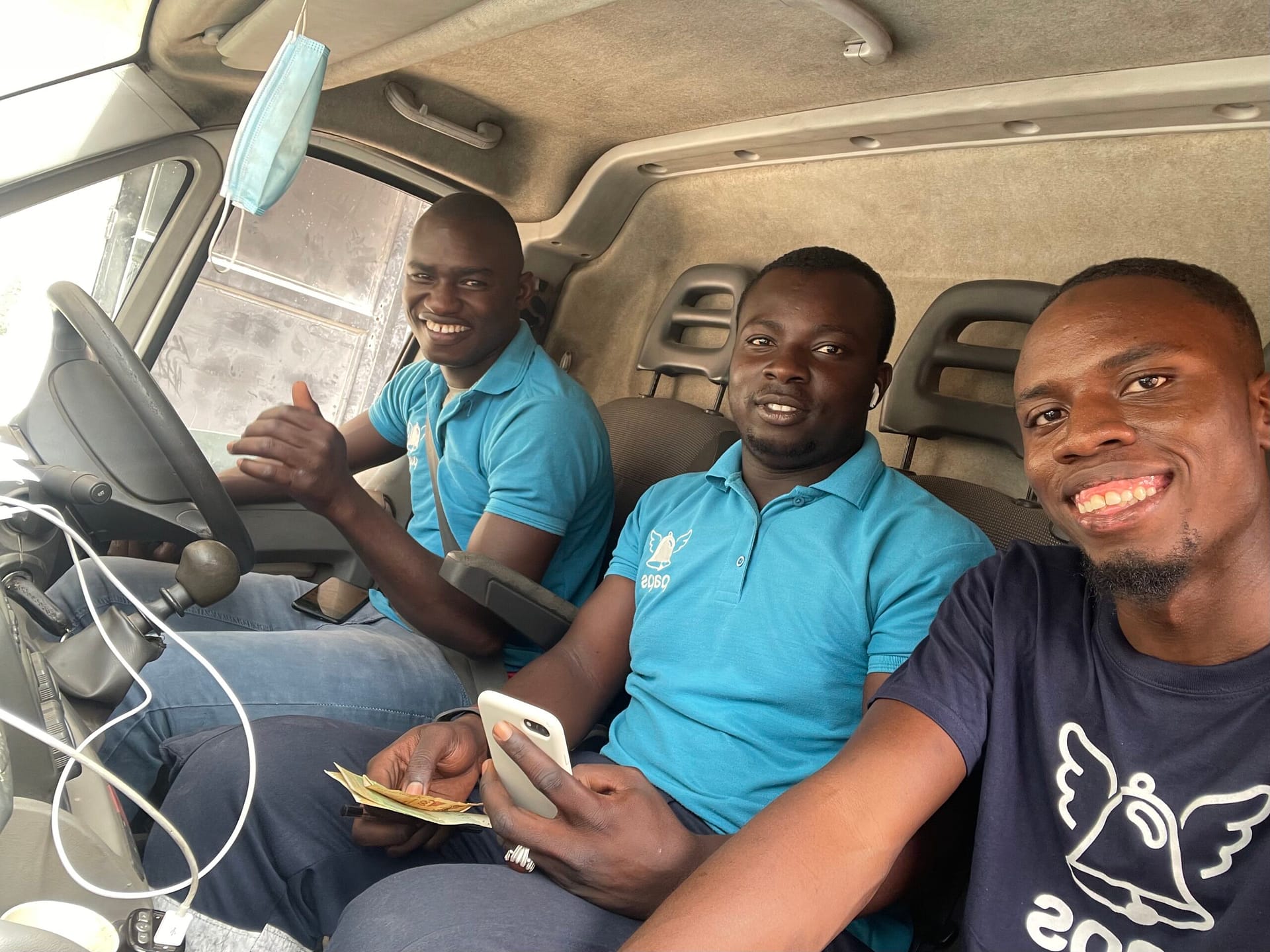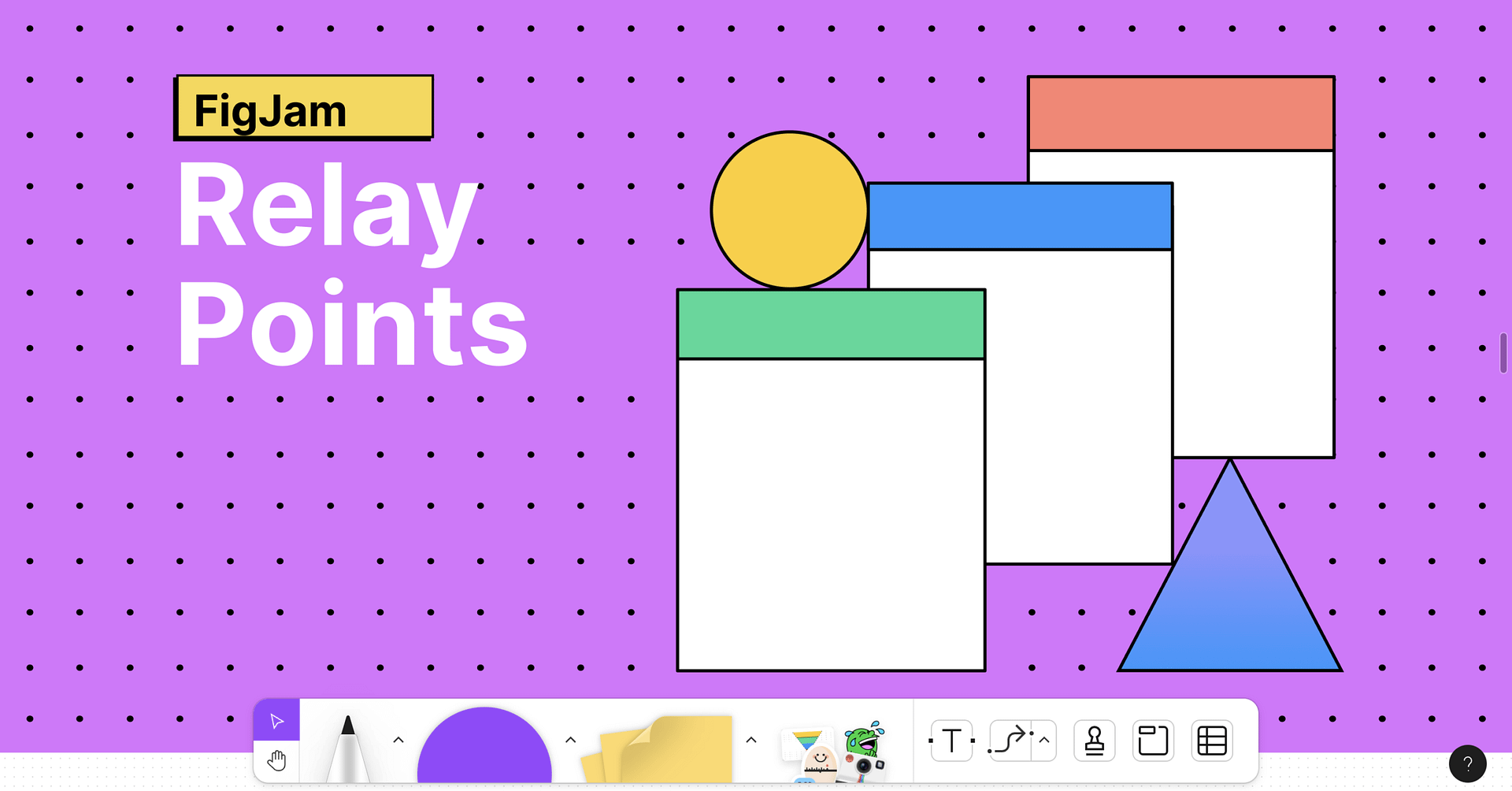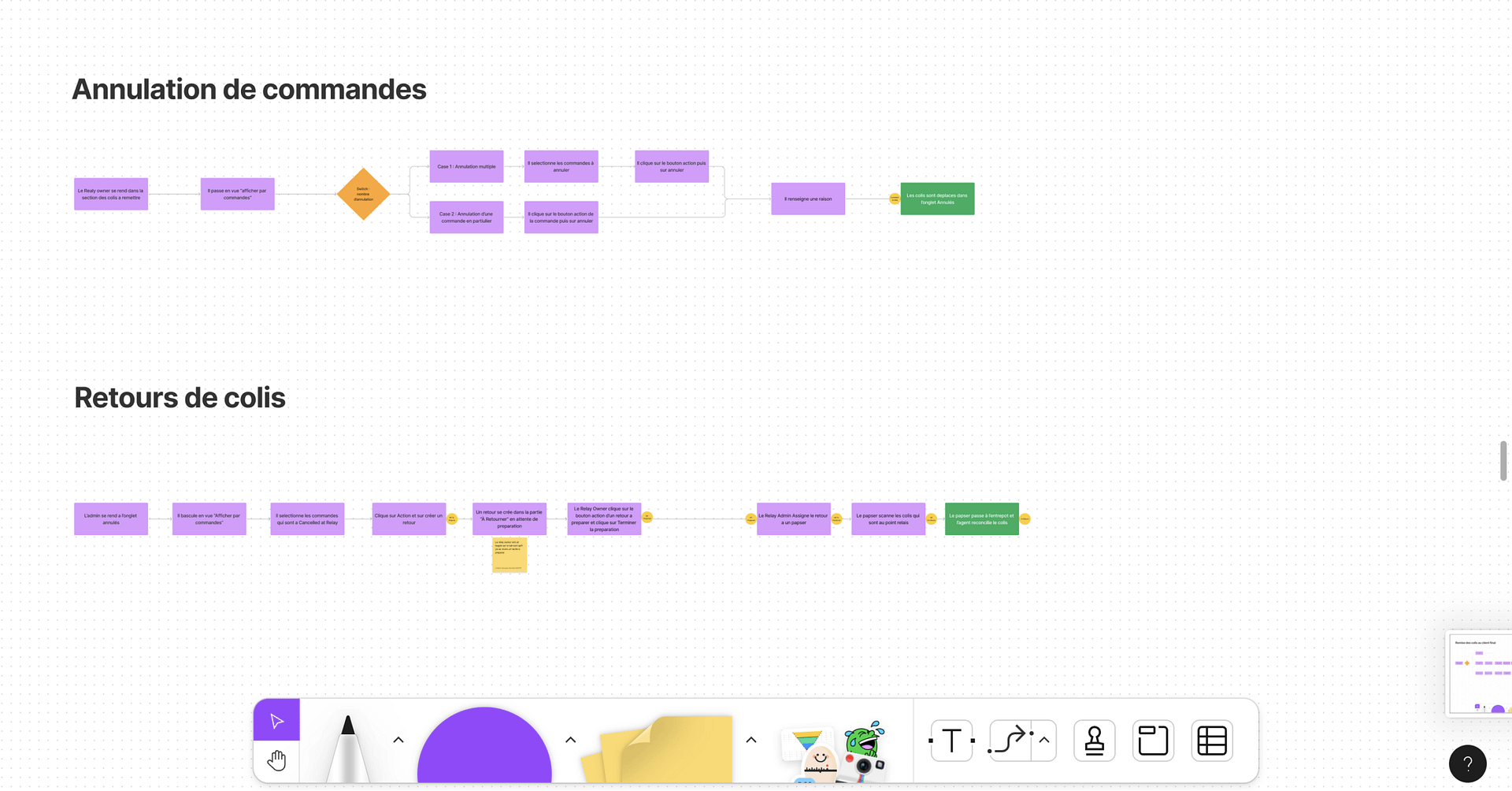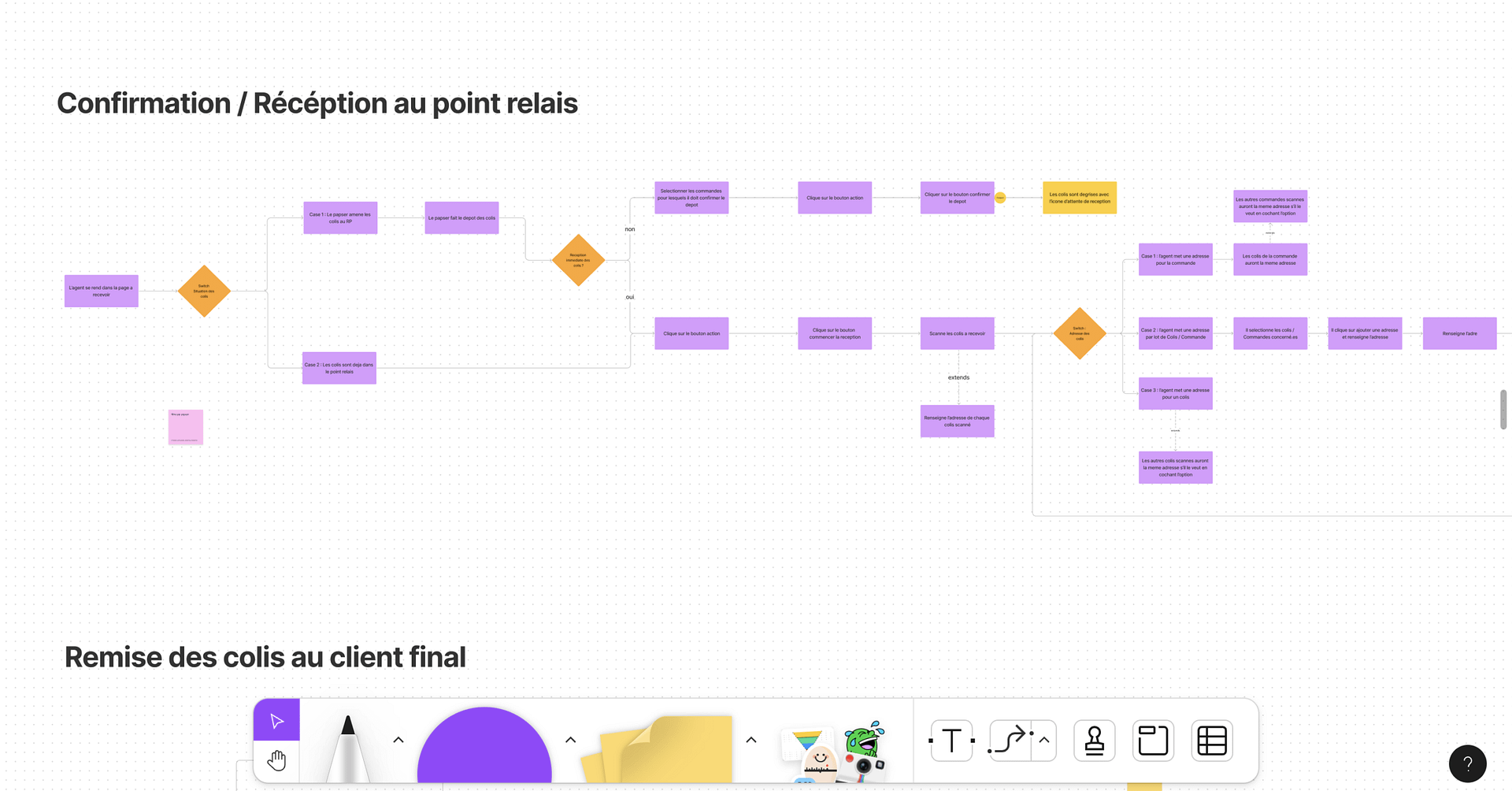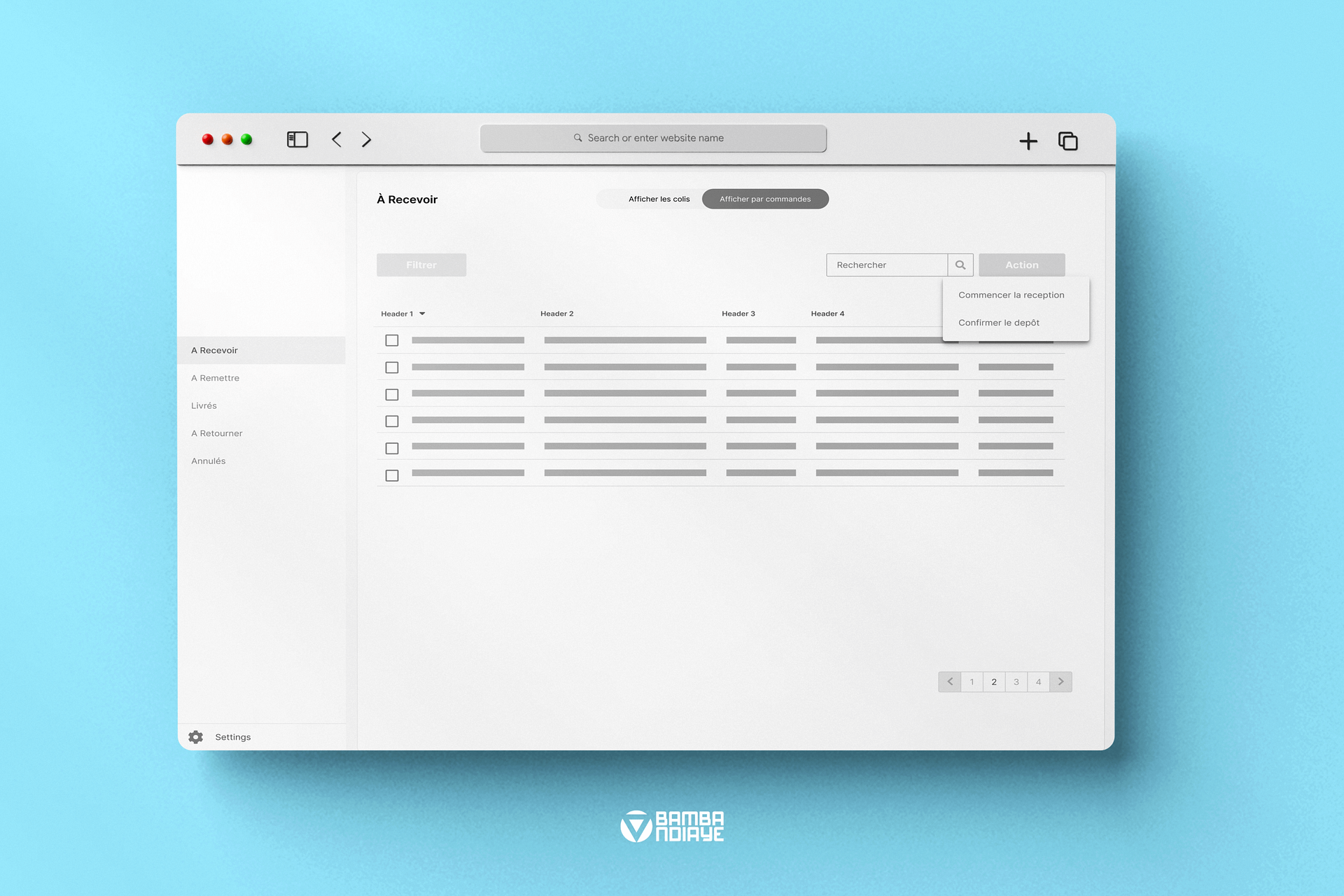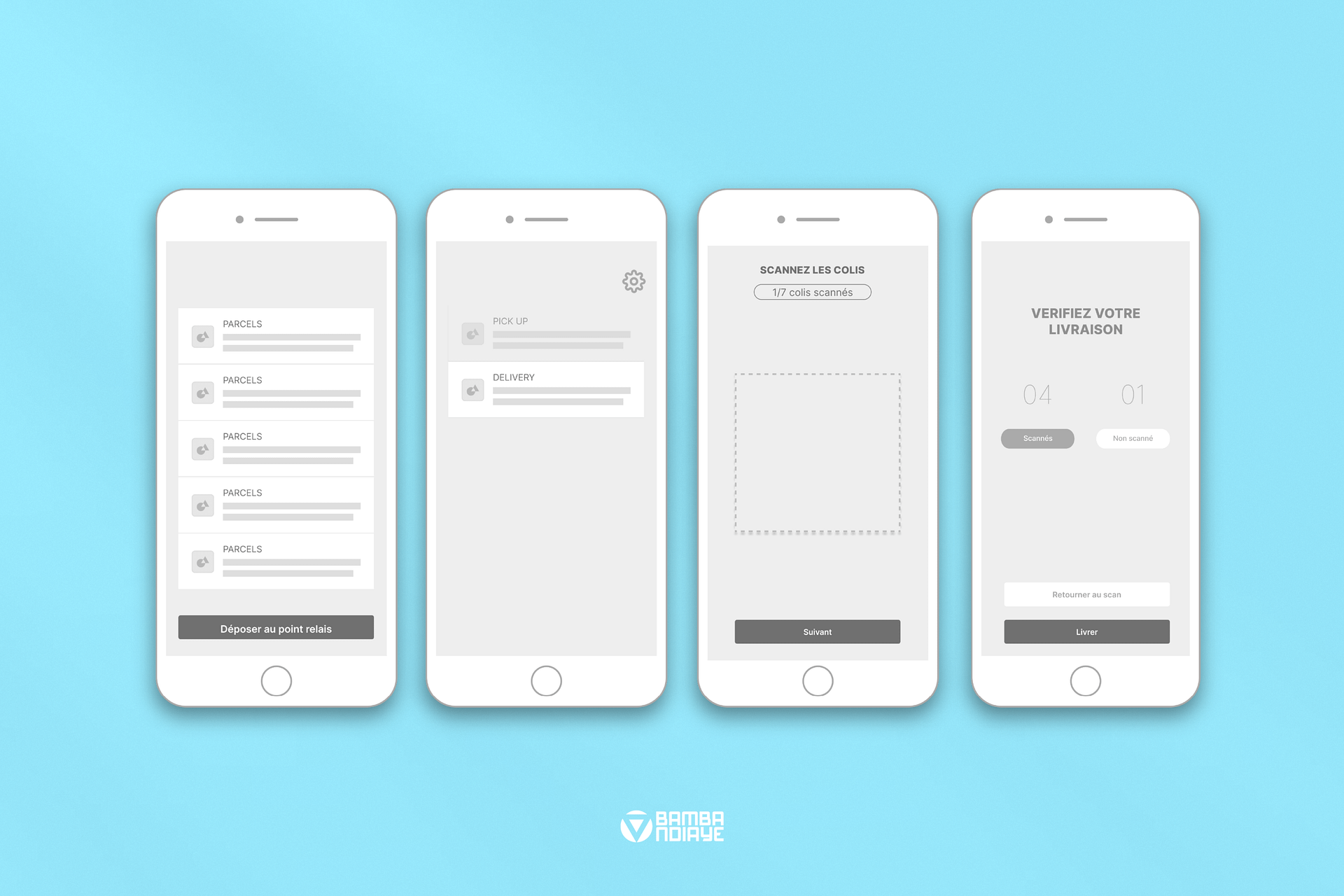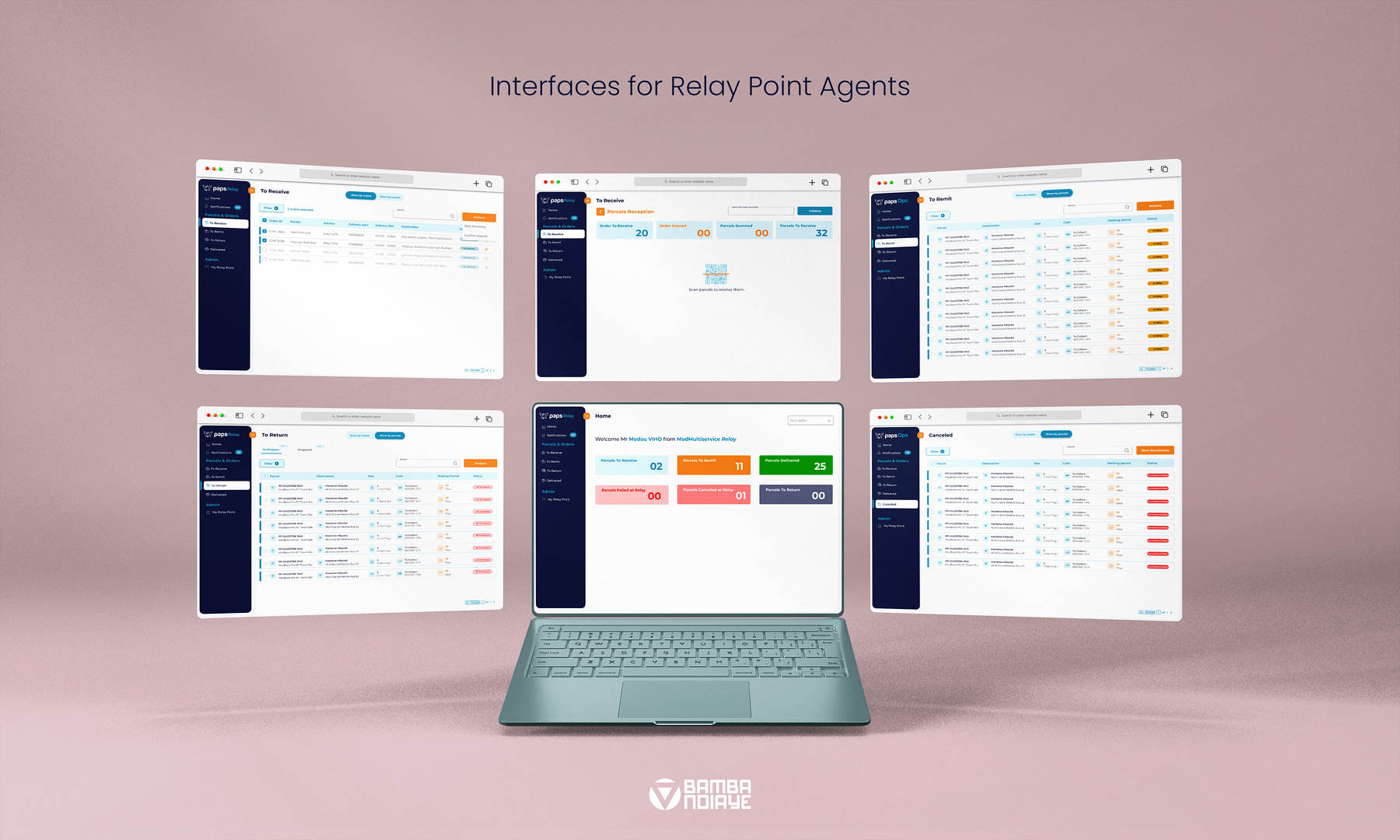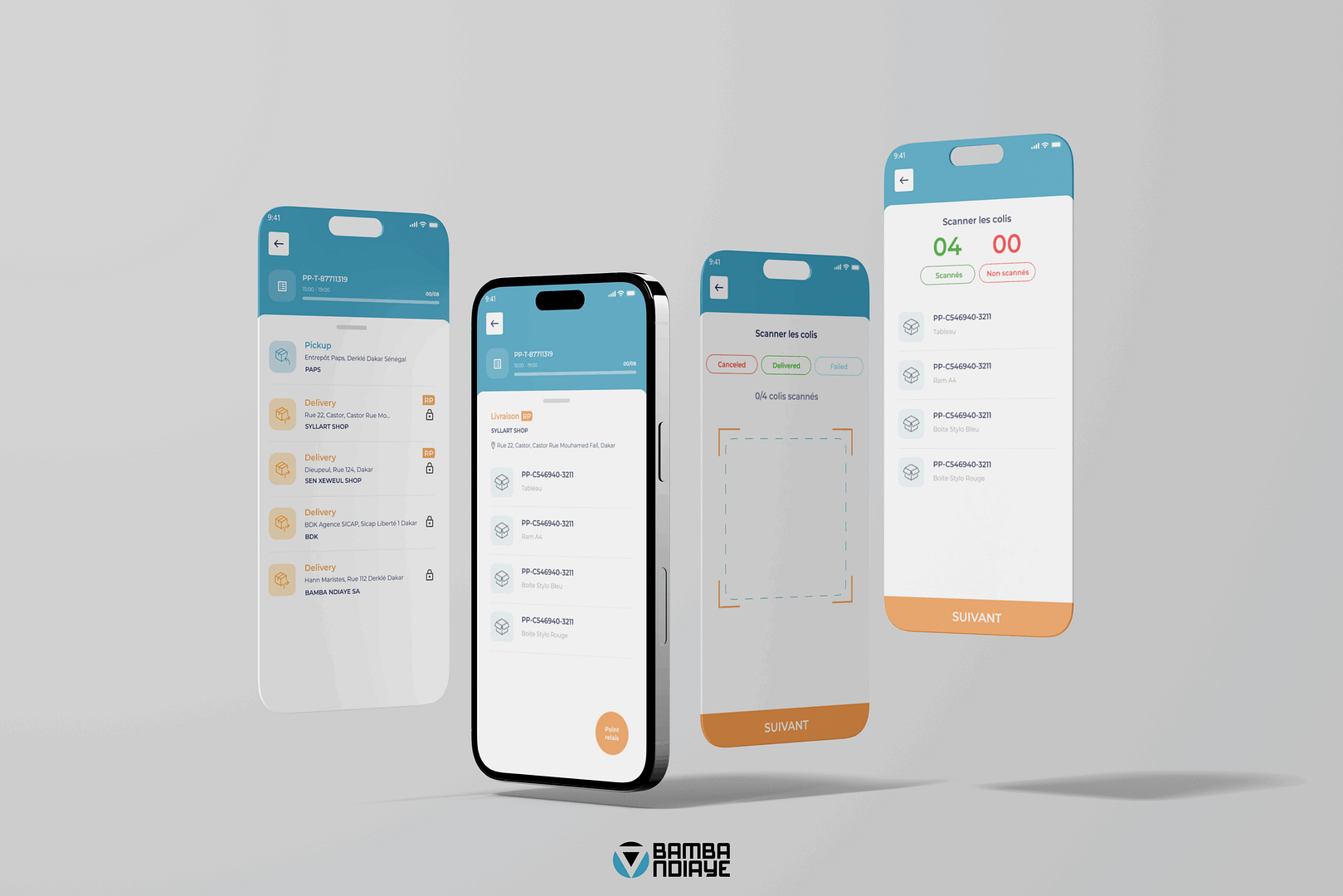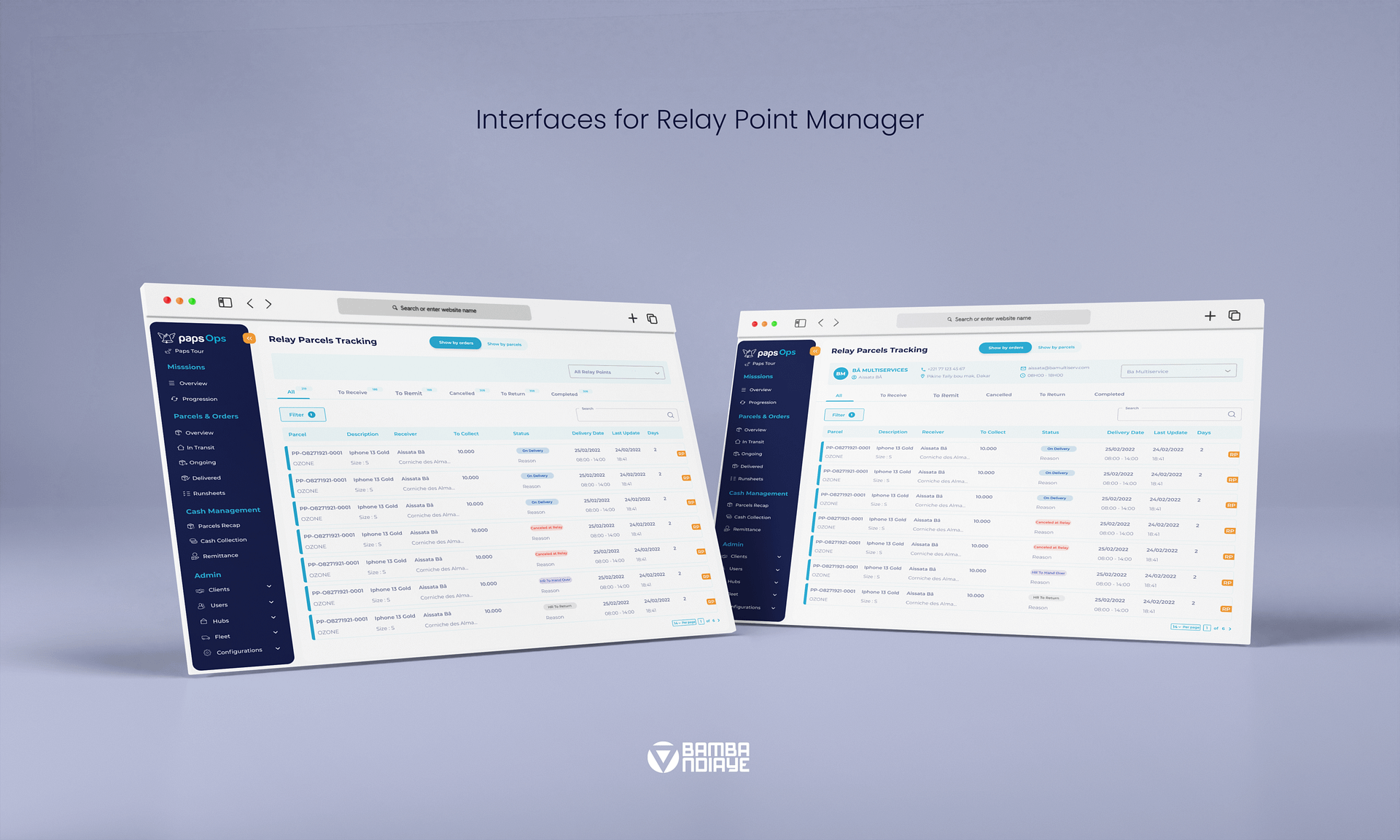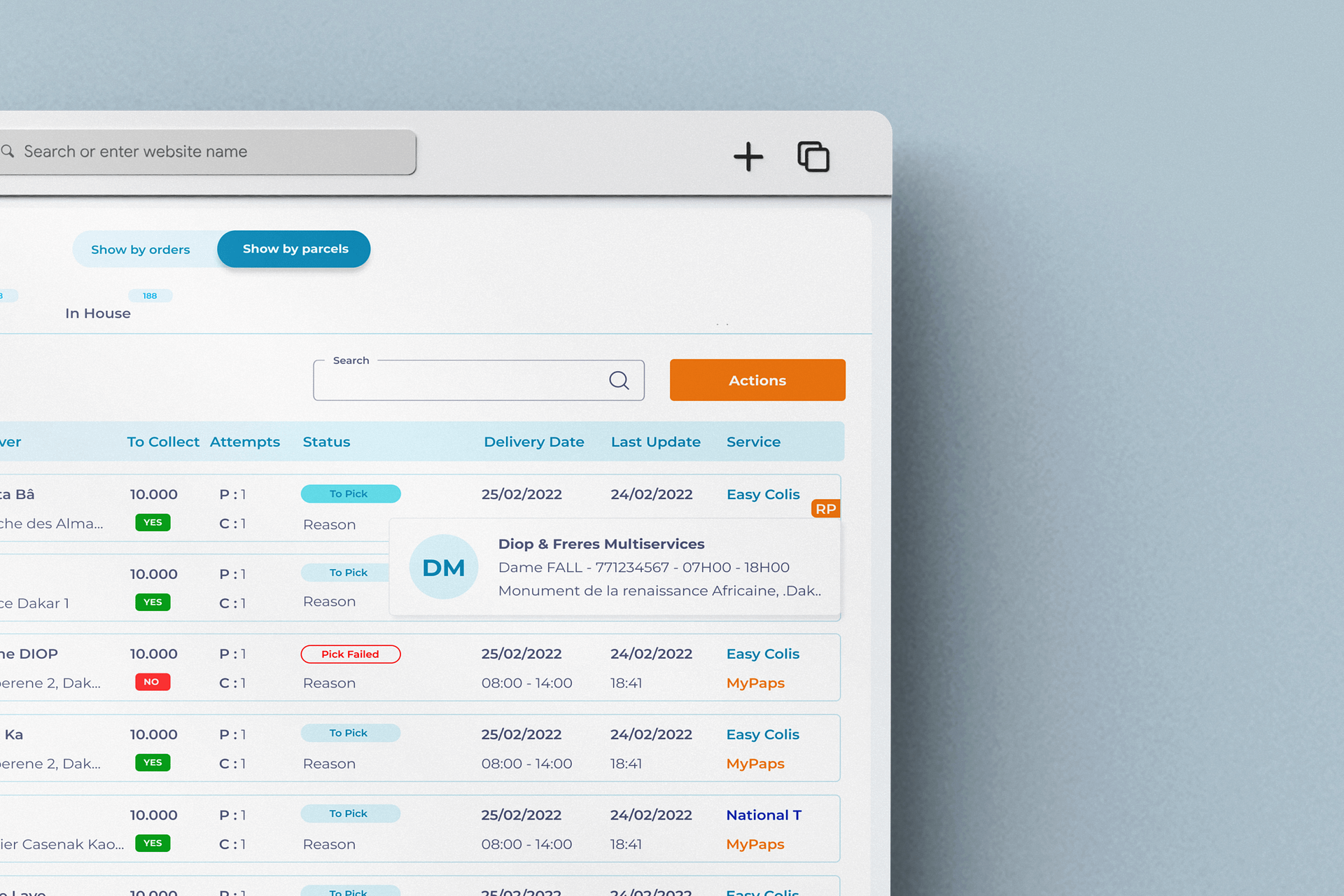TL;DR
- Problem: Door-to-door delivery was too costly and inefficient in underserved areas lacking infrastructure.
- Goal: Enable nationwide delivery coverage through a scalable network of local relay partners.
- Solution: Designed 3-role ecosystem (partners, drivers, operations) with SMS-based customer integration.
- Impact: 95% pickup success (vs. 73%), 92% satisfaction, +15% shop foot traffic, validated for scale.
The Challenge
As Paps expanded, rural and suburban delivery became a bottleneck:
- Rural delivery cost = 3× urban cost
- Poor address systems, unreliable recipient availability
- Failed deliveries → return costs, reduced trust
But building physical infrastructure was too expensive.
Opportunity
Partner with existing local businesses (shops, kiosks) to act as relay points.
- Reduces costs
- Boosts partner revenue
- Enables hyper-local delivery access
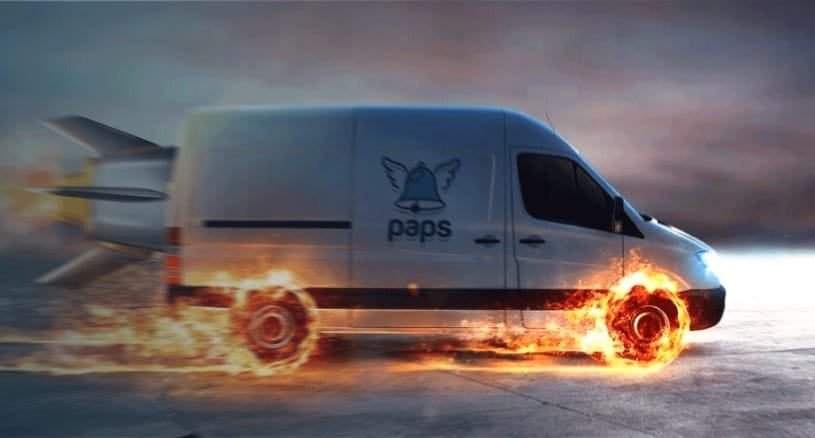
Research & Discovery
Field work
- 25 relay site visits
- Shadowed drivers on rural drop-offs
- Observed partner handoff processes
Interviews
- 15 local shop owners
- 12 delivery drivers
- 8 logistics managers
- 6 ops team leads
Customer analysis
- Reviewed SMS behavior, pickup trends, support tickets
- Studied failed delivery patterns
Key Insights
1. Partners want simplicity
“Don’t give me a tool that complicates my day.”
- They feared disruption to their core business
- Paper tracking was more familiar than tablets
2. Drivers need flow efficiency
“I can’t lose time at each stop.”
- Scanning, photo proof, routing must be fast
3. Customers expect consistency
They don’t want to download new apps — just get the package.
- SMS is preferred
- Pickup instructions must be crystal clear
4. Ops need full visibility
Relay network must plug into existing logistics tools
- Monitoring, exceptions, reconciliation
Design Strategy
How Might We…
...Empower small businesses without disrupting them?
...Maintain service quality without home delivery?
...Keep customers informed without new UX overhead?
...Build a modular system ready to scale?
Principles
- Simplicity for non-tech users
- Zero-friction integration with ops systems
- Low-connectivity resilience
- Shared success across all actors
System Architecture
I designed a 3-layered ecosystem:
Ops Dashboard
- Relay network monitoring
- Partner onboarding & payment
- Exception alerts, performance analytics
Driver app enhancements
- Relay mode toggle
- Batch scanning, photo confirmation
- Route planning with relay stops
Partner interface
- Package check-in/out
- Customer code verification
- Minimal text visual workflow
Customers received SMS notifications with pickup codes and relay point information when packages were delivered to relay locations. No app required = faster adoption
Solutions Designed
1. Partner Interface
Goal: Minimal training, intuitive interface
- Large buttons, high contrast, low-text UI
- Visual dashboards with real-time status
- Revenue view + performance history
- Offline-friendly + photo documentation
2. Driver App Additions
Goal: Seamless integration into delivery flow
- Scan/drop packages at relay
- Pickup scheduling interface
- Integrated routing with relay stop optimization
- Fast toggles for delivery modes
3. Operations Dashboard
Goal: Centralized, role-specific control
Relay Ops View:
- Partner management & performance
- Package volumes, SLA tracking
Logistics View:
- Cross-network package tracking
- Route capacity planning
- Reconciliation & payout automation
Pilot Program
3-month rollout in Dakar suburbs:
- 25 relay partners onboarded
- 500+ packages processed
- In-person training with 100% completion
(vs 73% direct delivery)
Learnings & Reflection
Our users were business owners. Their concern wasn’t UX, it was: “will this hurt or help my income?“
What Worked
- Field immersion: empathy + design fit
- Integrated approach: ops buy-in
- No-customer-app model: fast adoption
What I’d Improve
- Understand deeper financial pressure on shop owners
- Co-create business model with partners earlier
Big Takeaway
Designing for logistics = designing for stress, trust, and impact.
This project taught me how UX can scale national operations and generate income for local communities — when done with empathy and systems thinking.






